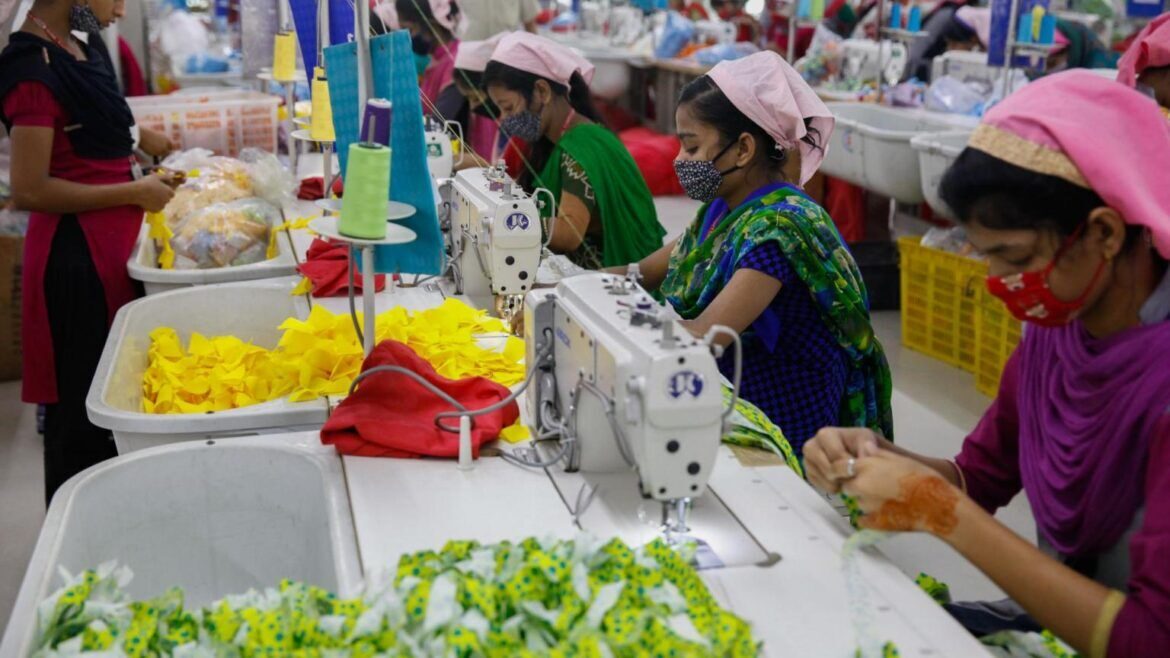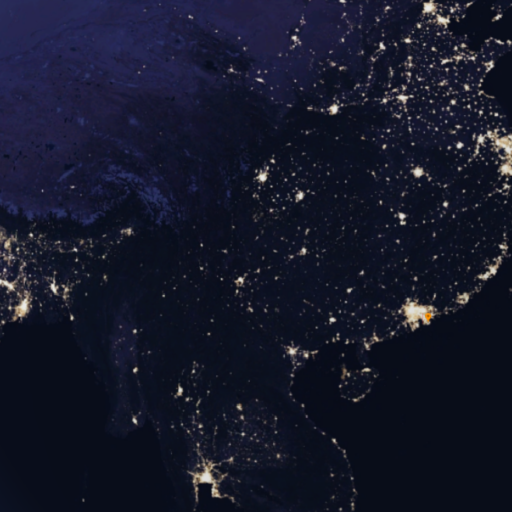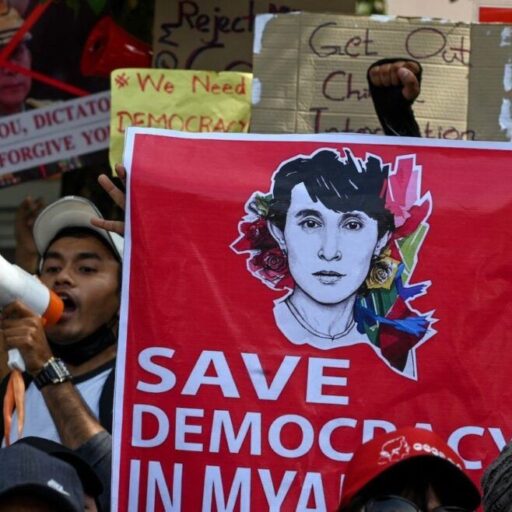Recently, Bangladeshi Prime Minister Sheikh Hasina remarked that “by 2031, Bangladesh would be an upper-middle-income country and by 2041, it would be a high-income and prosperous country.” Reportedly, in the next five years, Bangladesh’s gross domestic product is expected to overtake Singapore’s and Malaysia’s.
Such an analysis is in marked contrast to the prognosis at the time of Bangladesh independence. For instance, the US secretary of state at the time, Henry Kissinger, allegedly dismissed Bangladesh as a “basket case.”
The new country was not only one of the most densely populated in the world but was also prone to constant flooding, cyclones and famines. Unlike some, it wasn’t endowed with oil or mining resources either. Its liberation from Pakistan was a bloody affair accompanied by genocide and disruption of the economy.
However, as Bangladesh marks its 50th year of independence in 2021, the country has showcased an impressive economic growth rate of more than 7% consistently since 2016. In 2019, its GDP grew by 8.2%, and current estimates by the International Monetary Fund indicate that despite Covid-19 and the ensuing effect on economies worldwide, Bangladesh registered GDP growth of 3.8% in 2020.
Such growth is based on Dhaka’s exceptional export record, which is largely dependent on but not limited to its textile industry. Exports of leather articles as well as fish have been growing rapidly, and agriculture is also catching up.
In the recent past, the country’s services exports have also picked up momentum. Moreover, in December 2020, the Harvard Business Review categorized Bangladesh as a “breakout economy,” noting Dhaka’s ability to use digital momentum in transforming its economy.

Compared with Pakistan, the growth trajectory of Bangladesh has been noteworthy. The economic progress has been grounded in a few important political decisions. Since independence, unlike Islamabad, Dhaka has not excessively invested emotionally in the Middle East’s political fault lines.
Thus far, Dhaka has also not allowed external state actors to use its territory as a formal base for military purposes in the neighborhood. More important, it has not indulged in obsessive balancing and bandwagoning tactics that go beyond its economic heft. Instead, Dhaka has shown a greater impetus to engage with South Asian neighbors as well as with Southeast Asia.
Dhaka’s desire to engage more with countries toward the east is evident, and it began negotiations for a free-trade agreement with the Association of Southeast Asian Nations last month. Such a step could be a result of the formalization of the Regional Comprehensive Economic Partnership (RCEP), which Dhaka hopes it can eventually join.
There is also a willingness in Bangladesh to participate in the India-Myanmar-Thailand highway project.
China, Singapore, Malaysia, Hong Kong, South Korea and Japan are already among the top 10 sources of foreign direct investment (FDI) in Bangladesh. Japan is also playing an important role in developing infrastructure under the rubric of the Bay of Bengal Industrial Growth Belt in Bangladesh (BIG-B).
However, while it is engaging with East and Southeast Asia, Dhaka has also been cautious not to fall into debt traps. For instance, last October the Bangladeshi government officially called off the development of the Sonadia deep-sea port, despite China’s willingness to finance the project.
In December, Bangladesh signed its first-ever preferential trade agreement (PTA) with Bhutan. In the past few months, there has been significant progress on Bangladesh-India connectivity projects including interlinkages of inland waterways, cross-border railway movements and new shipping routes.
Because of such connectivity projects, India’s Northeast may find it cheaper to import from Bangladesh than rest of India in the coming years. There are also opportunities for Bangladesh to pursue trade and source inputs from Northeast India and for creation of regional value chains.
Moreover, the robust relationship between New Delhi and Dhaka allows Bangladeshi companies to take advantage of India’s zero import duties. For instance, agribusiness and food-processing products from Bangladesh are making rapid inroads into Indian markets. This also allows foreign companies to take advantage of the low labor costs in Bangladesh, and they can then export to India and other countries as well.
Bangladesh has also been pragmatic in its external engagement. It has proactively participated in regional economic frameworks such as the BBIN (Bangladesh, Bhutan, India and Nepal) initiative and BIMSTEC (Bay of Bengal Initiative for Multisectoral Technical and Economic Cooperation), which also includes Thailand and Myanmar.
Dhaka’s engagements in multilateral frameworks stem from the recognition that Bangladesh has the potential to emerge as a connectivity hub between South Asia and Southeast Asia. Such emergence as a hub will enable Dhaka to become part of supply chains with Southeast Asia.
Economic considerations underpin Bangladesh’s desire to emerge as a “bridge between South Asia and Southeast Asia.” Among the Least Developed Countries (LDCs), Bangladesh has the largest economy, is the largest exporter, and is expected to graduate from LDC status by 2024.
However, Dhaka has a narrow export base, overwhelmingly dependent on textiles. Upon graduating, Bangladesh will need to ensure diversity in its exports. Moreover, Bangladesh exports will face an average tariff increase of 8.9% and will need to ensure that its exports continue to be competitive.
In the long run, Bangladesh will have to diversify its trade and investment in terms of commodities as well as destinations. Dhaka has traditionally targeted the Western markets for its ready-made garments (RMG) and will need to diversify its external economic engagement.
Another challenge to Bangladesh’s economic growth, which does not emanate from neighboring countries or from larger geopolitics, is the issue of religious fundamentalism. The most infamous example is the terrorist attack on Holey Bakery in July 2016 in which 22 civilians lost their lives.
Last month, an under-construction statue of Sheikh Mujibur Rahman, the founding father of independent Bangladesh, was desecrated for reportedly being “un-Islamic.” A similar incident took place in 2017 when extremist groups compelled the government to remove a Lady Justice sculpture, as “deification of a personality” is forbidden in Islam.
Tackling religious extremism is critical to ensure that Bangladesh continues to grow at a rapid pace and emerge as a bridge between South and Southeast Asia.










